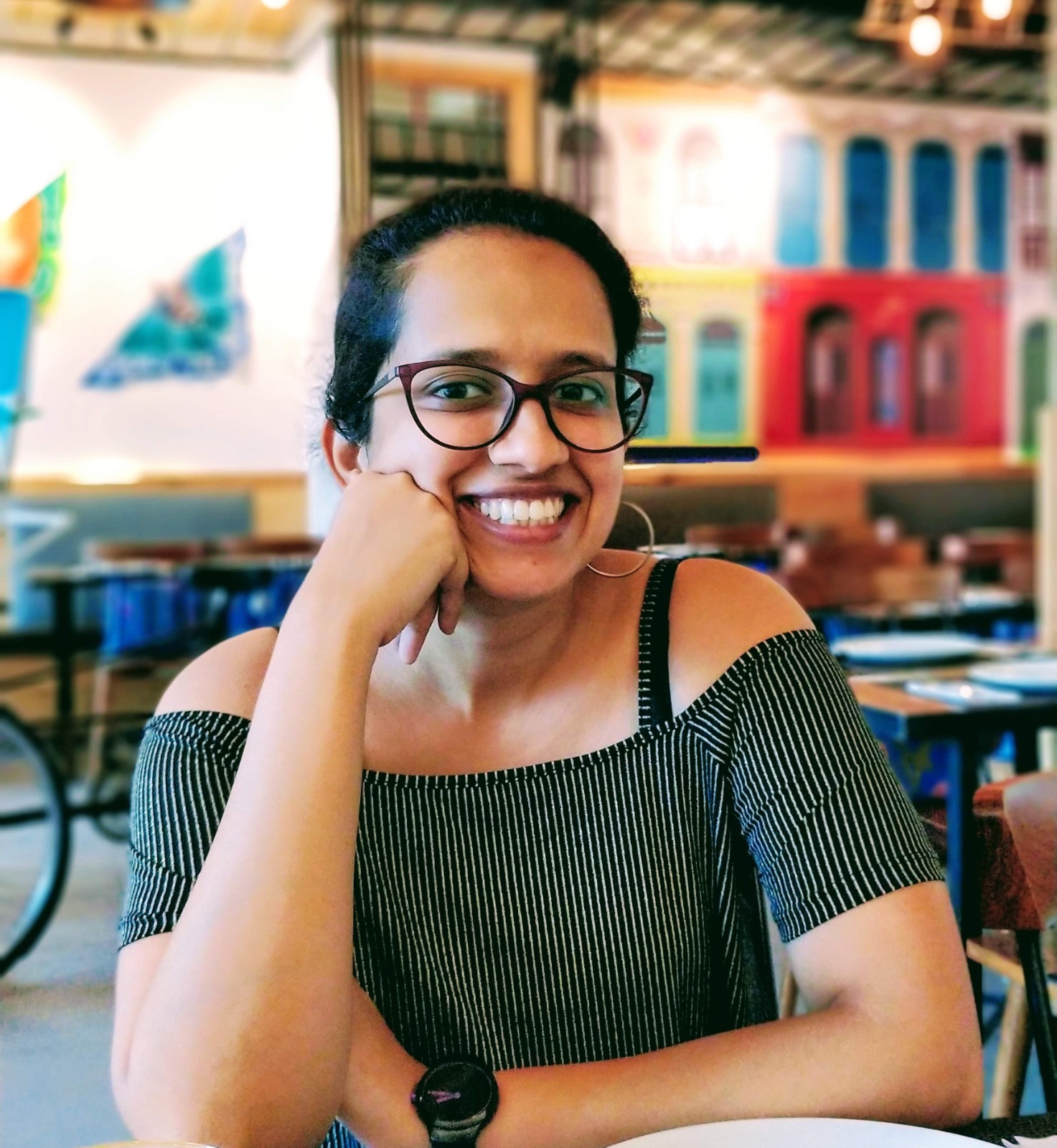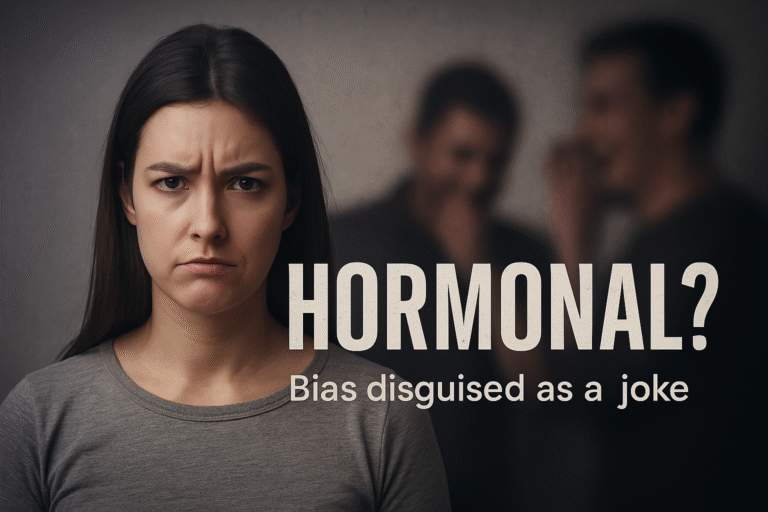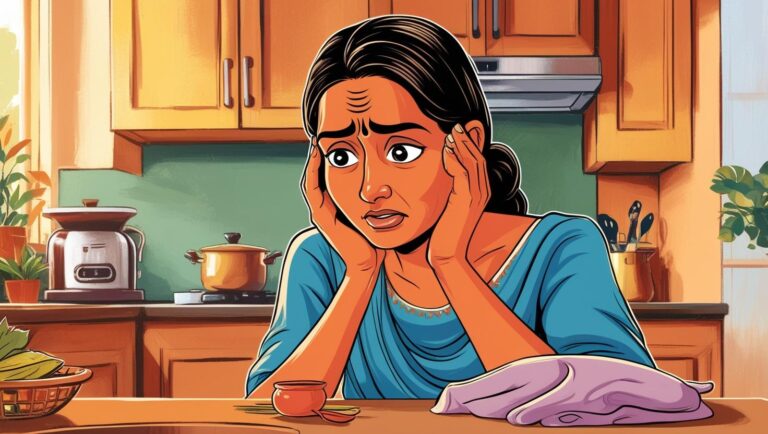For too long, women’s health in India has been overlooked, under-discussed, and wrapped in silence. Dr. Michelle Frank is working to change that—one question, one conversation, and one digital community at a time.
What began as a chance job at a parenting app soon led to a deeper commitment to building safe, accessible spaces where women could speak openly about their health. From postpartum recovery to mental wellbeing and menstrual care, she saw firsthand the overwhelming need for trusted information and support. Her work quickly evolved into a mission to reshape how women’s health in India is addressed – bringing together medical expertise, digital innovation, and community care.
In this conversation, she shares her journey, from answering anonymous health questions to helping build some of the most impactful platforms focused on women’s health in India. Her story is a powerful reminder that real change often begins with simply listening, and creating space for women to be heard.
What inspired your journey into women’s health, and how did that evolve into engaging with FemTech and digital health platforms?
I ventured into women’s health by absolute chance. As I was wrapping up my medical studies, I saw a small job posting for a medical assistance officer at a parenting app. I would be answering parenting questions, mostly from Indian moms, venturing into motherhood, often for the first time. Apart from questions about their baby’s health, many mothers also asked questions about their health postpartum. They also asked overwhelmingly about nutrition, periods after delivery, postpartum weight loss, and mental health. I realised there was a lack of spaces in India where women could talk about their health online – non-judgmental spaces. Growing up as an Indian woman, you realise women rarely talk about their health, and are significantly misinformed, primarily due to a lack of accessible information. I would say that in my efforts to plug in these gaps, I found the love or inspiration for what I do.
Growing up as an Indian woman, you realise women rarely talk about their health, and are significantly misinformed, primarily due to a lack of accessible information.
Michelle Frank
As a doctor, how have you bridged the gap between clinical expertise and accessible public health communication, especially for women?
I wouldn’t say the gap is completely bridged, but we are getting there. A lot of what we learn as healthcare professionals, including taking a comprehensive clinical history, is crucial in public health communication platforms now made available through technology. Using a clinical lens and their experience, medical professionals can gather insights and guide women to where they would best receive their help. But the most important gap such platforms are filling is assuring women that they deserve to be treated, too, especially by healthcare professionals who won’t dismiss them.
Can you tell us about specific communities or platforms you’ve helped build or been part of in the women’s health space? What made them work?
Each community I worked with was unique in what they aimed to do for women’s health. Our women’s health community at SHEROES grew from a few 5k women to over 750k women in about two years. A simple model that worked: answer every health question asked. We coupled this with weekly expert sessions, offline events, and added health trackers. The simple Q&A format, which included answering follow-up questions, helped women feel free to talk about their health in a space where they knew a health professional would answer them. We later introduced the ability to ask questions anonymously – that worked out very well. More women joined – more women began to ask questions. In India, as we know, women are afraid of talking about their health for fear of being judged.
With coto, I worked with other women’s health professionals to build their coto communities. This ranged from fitness experts, nutritionists, mental health professionals, alternative medical professionals, and allopathic doctors. The platform showed how crucial it is to build an ecosystem of trusted health professionals for women. While gynecological visits are important, women should never hesitate to approach other care workers whenever they need help. Today we also have lactation experts and pelvic floor physiotherapists, which goes to show how there are so many aspects of a woman’s life that require different types of healing.
What gaps did you see in how women access health information or support, and how did that influence your community-building efforts?
When a woman is at home taking care of her family, she frequently neglects her health. Periods, cramps, pregnancies, postpartum struggles, and then menopause, in Indian households these are rarely discussed. The pain and suffering of women is invisible. Women are expected to power through all these phases of their lives. I realized that building these spaces were crucial for the future of women’s health in India. The easy availability of smart devices (especially in urban and semi-urban have made it easier for women to access medically reviewed knowledge about their symptoms. Also, as with all aspects of their lives, women thrive within communities. So, having other women talk about their health and sharing their experiences highlighted that none of them were alone in their journey.
When a woman is at home taking care of her family, she frequently neglects her health. Periods, cramps, pregnancies, postpartum struggles, and then menopause, in India, we have rarely grown up in households where these were discussed.
Michelle Frank
In your experience, what makes a women’s health community feel safe, inclusive, and truly useful? What strategies have worked for you?
For one, being a “woman-only” space. This often requires diligent monitoring and building systems to maintain the space only for women.Secondly, building or including communities of diverse cultures and ethnicities. As a country, we already have a variety of cultures. Having experts or community moderators who understand the customs, language, and cultures of the different regions makes communities built inclusive. Finally, a key aspect is routine moderation. Communities work best when guidelines are maintained. Women feel safe when they can express themselves without experiencing hate or ridicule. This means a woman can ask any question, such as home remedies for abortions, or how to buy contraception, without being diminished for her curiosity.
Communities work best when guidelines are maintained. Women feel safe when they can express themselves without experiencing hate or ridicule.
Michelle Frank
Have you seen any direct impact from these communities ‘ stories or moments where you saw real change or support take shape?
A year or so after I left my first startup, a woman sought me out on social media to thank me for helping her through her first pregnancy and her initial stages of motherhood. She explained how her apprehensions of raising a child in a nuclear family were overwhelming and how just having someone to talk to and guide her through the stages of pregnancy and early parenthood helped. Over the years, I have gathered many such stories, which have made me realise that in building these communities or digital health platforms is crucial for women’s health in India. From not knowing anything about health, today on our health platforms, we see Indian women talking about contraception, alternative period care products, hormonal health and postpartum depression. Many of which were unknown among our own individual households just a decade ago.
From not knowing anything about health, today on our health platforms, we see Indian women talking about contraception, alternative period care products, hormonal health and postpartum depression. Many of which were unknown among our own individual households just a decade ago.
Michelle Frank
How do you use content — articles, social posts, or educational tools — to grow and sustain engagement around women’s health?
Content is the greatest source of information in your tech-forward generation today. Medically-accurate content, high visibility, and tailored platforms help to provide the right accessible content. I have extensively contributed to a variety of forums talking about women’s health, mental health, fertility, and how tech advances are going to influence the women’s health ecosystem. In being able to do so, especially for platforms building for women’s health, it helps to provide a more nuanced outlook on the different ways in which women can take control of their health. Ideally, content should be regularly updated . More crucial is to add first-hand experiences, when available, as this shows women they are not alone in their journeys.
You’ve worked at the intersection of medicine, technology, and community — what have you learned about keeping people connected and informed at scale?
Love this question! I think, in essence, all these categories aim to bring people together. Medicine or health has always appeared to be an isolated event in a person’s life. Visiting a doctor was only considered if one became ill. With technology and the rise of online health communities, health has become an everyday event for everyone, as it was always meant to be. From counting steps to tracking their period, women are more aware of their basic vital signs. Being able to talk about health within communities enables women to seek early diagnosis for health conditions such as PCOS and endometriosis. Many communities also help building awareness about the different symptoms for one condition, as we are currently seeing with perimenopause. This helps women spotlight their own health concerns.
Being able to talk about health within communities enables people, especially women, to seek early diagnosis for health conditions such as PCOS and endometriosis.
Michelle Frank
What role do collaborations play in the work you do, whether with startups, researchers, or fellow professionals?
An extremely huge one. I think we all bring in different expertise and experience to the table when it comes to building one product in any domain. And all play essential roles to ensure the product is successful. With evolving tech and new startups always on the horizon, it is the researchers and experienced health professionals who ensure that the product is going to benefit the user. Healthcare professionals, or clinical product developers, ensure that the patient is the centre of focus, which is who we would like to reach eventually.
What are you most excited to build or contribute to next, especially when it comes to empowering women through health and connection?
So many things! I’m collaborating on some great projects for women’s mental health and postpartum health, some areas we still need to focus on out here in India. I am also looking forward to talking to more women and collecting some authentic health stories from our region, which are often lost or rarely represented on a global scale.
Women thrive within communities. So, having other women talk about their health and sharing their experiences highlighted that none of them were alone in their journey.
Michelle Frank




